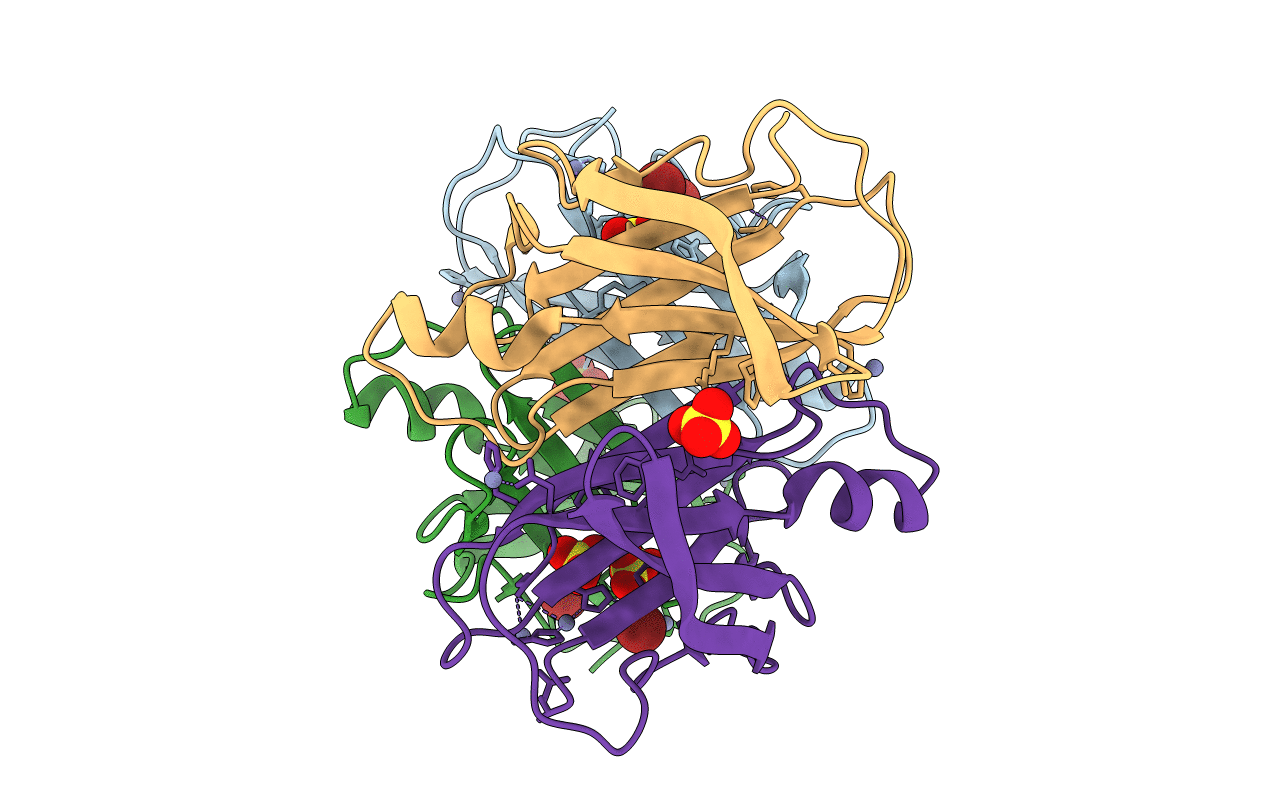
Deposition Date
2006-02-16
Release Date
2006-12-12
Last Version Date
2023-10-25
Entry Detail
PDB ID:
2G2P
Keywords:
Title:
Crystal Structure of E.coli transthyretin-related protein with bound Zn and Br
Biological Source:
Source Organism:
Escherichia coli (Taxon ID: 562)
Host Organism:
Method Details:
Experimental Method:
Resolution:
2.10 Å
R-Value Free:
0.22
R-Value Work:
0.17
R-Value Observed:
0.17
Space Group:
P 1 21 1


